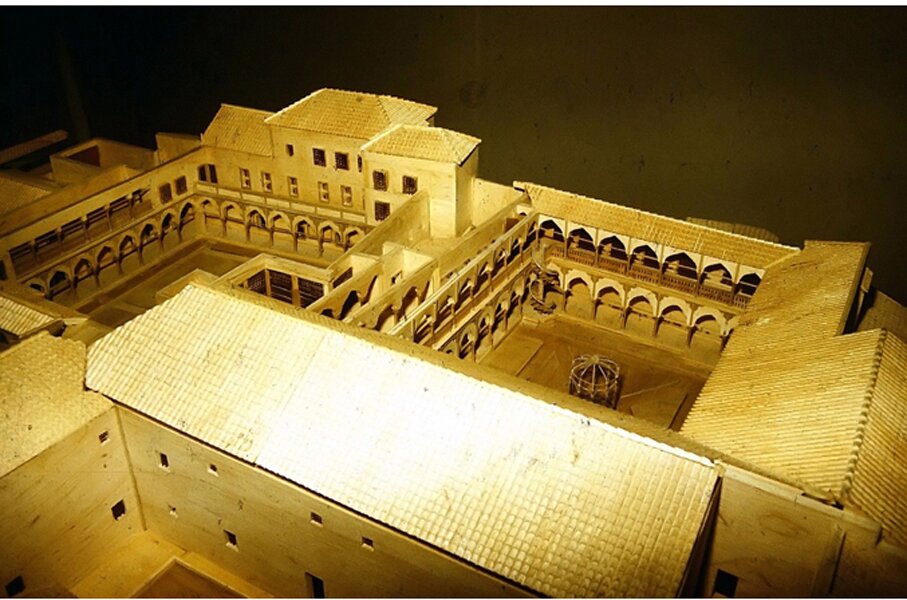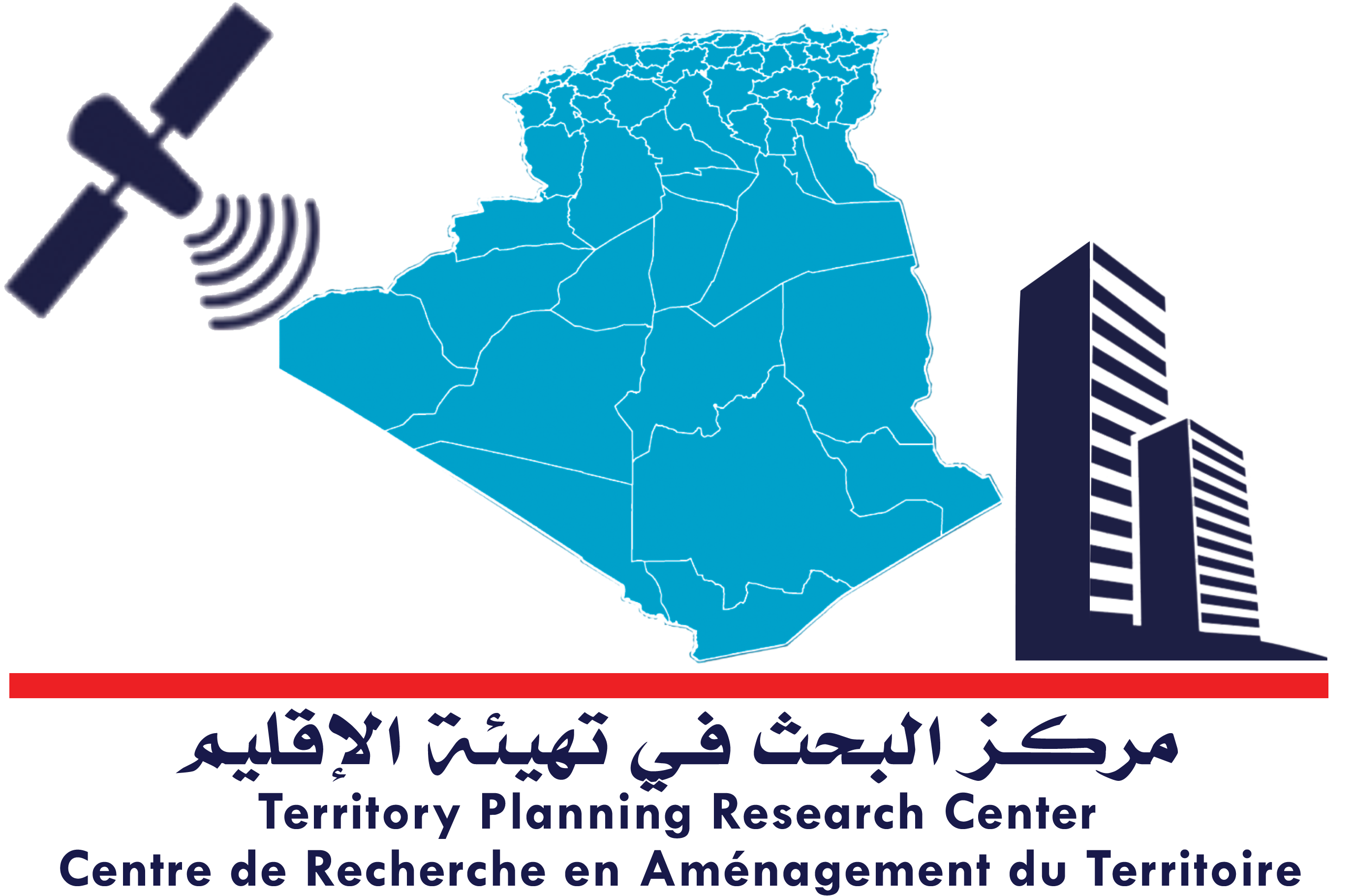Bring home tradition and cultural expressions of Hadj Ahmed Bey Palace.
The virtual tour of Ahmed Bey Palace is a first nationwide initiative. This trip distinguishes itself by the material used, the processing software, as well as the high quality 360°photos which obtained by the 3D scanner. The scientific research footprint is ubiquitous. The tour is based on referenced information of each space and on information tracing the area evolution. The virtual course also includes cartophily and audio guide.
Thus, the most beautiful exhibition rooms of Ahmed Bey Museum can be visited virtually. « The monument that has stood the test of man and time can be discovered through a unique digital experience. From Diwane El Bey to Kahwadji Marzoug door details, by way of the not-to be missed palm and orange gardens, this experience offers an emersion in an authentic universe ».
The visit enables you to travel back in time to explore the main handicrafts through the rooms : jewellery, brassware, traditional costumes and tapestry. Of an outstanding quality, the images that we explore at 360° perfectly reproduce the fascination of colours and architecture from floor to ceiling over an area of 5000 m2. And, through the magic of technologie, it is even possible to zoom in and out to have much better appreciation of some tools and ancient coins.

Project carried out by :
Mrs Meriem SEGHIRI
M Abdelaziz DEBBACHE
M Chaouki BOULEKDAM
M Yasser BENZAGOUTA
The sources used
Cartophily
Collection of M. Allaoua SEGHIRI, philatelist and cartophile
The used postcards in the virtual tour of Ahmed Bey Palace have been published between 1889 and 1960, the ones from 1889 to 1904 nothing else is written down on their back surface except the address. From 1905 to 1938, the postcards were black and white with grey shades. Then, adding colours on the orginal card with a back surface divided into two parts : one for the address and the other one for the correspondence.
In 1939, it was the emergence of the colourful postcards and the modern chromed postcards that exist today.
Postcards Publishing Houses
COMPAGNIE ALSACIENNE DES ARTS PHOTOMECANIQUES (CAP) ; Braham ; Chapelle ; Guigulion ; Geisier ; Melix ; Zaguedoum ; Cigogne ; NDP ; CDM ; SPGA.
The music
The piece of music used « Bachraf Quamaroun » is an extract performed by Cultural and Music Association of Constantine Maqam; Mansoura Youth House, Constantine Algeria.
Bibliographic References
• Charles Féraud, visit to the palace of Constantine, 1877.
• Chadia Khalfallah et Feriel Ines Boulbene, The palace Ahmed Bey of Constantine, enhancing and reintegrating a site into the city, The National Public Meuseum of Art and Popular Traditional Expressions of Constantine, 2013.
• GRIMET Hayette, The symbolism of the cultural image : Semiotic study of algerian jewellry, Master’s Thesis, University Mohamed Khider – Biskra, 2020.
• H. Camps-fabrer, Encyclopédie berbère.
• Hugo Vermeren, Being a coral-fisher in Algeria by the 19th century : business practises and vocational retraining among a seafishing population declining colonial era (Bône, La Calle, 1832 1888).
• Camille Penet-Merahi, Writing in the Algerian artistic practice from 1962 until the present. PhD Thesis at Clermont Auvergne University, 2020.
• Haouam Leila, The expression of dress through Algerian Costume, Master’s Thesis, Arts Faculty, University of Oran, 2012.
• Djedou, Wool industry at Bou-saada, Revue Africaine, Tome, Paris 1959.

